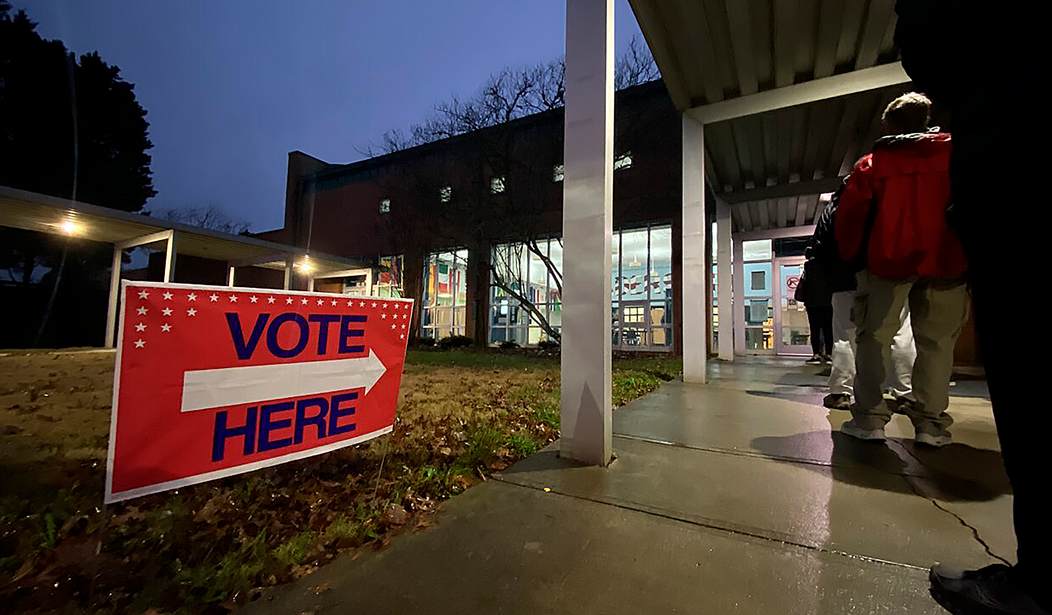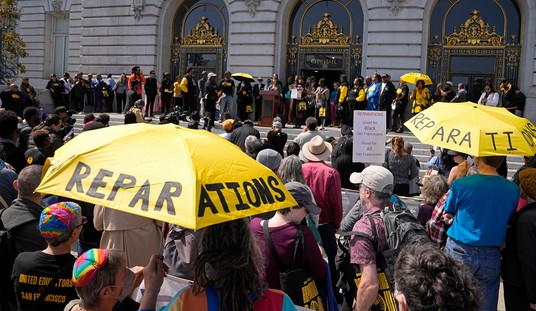The conventional description of the American political system holds that Republicans represent the rich. Democrats, by contrast, are said to represent the “little guy,” including blue-collar workers and low-income minorities.
The most Interesting thing about Donald Trump’s foray into politics is that he would like to turn that picture upside down. So maybe this is a good time to ask: Why do people vote the way they do?
It’s certainly hard to square the conventional view with the way many sophisticated people vote. Among high-income voters, almost as many identify as Democrat as Republican. In general, the higher the level of education, the more liberal people say they are; and education and income tend to go hand in hand.
Those places where people have both high incomes and high levels of education tend to be the very most liberal. Topping the list of the most liberal counties in the country are San Francisco, Montgomery County (a suburb of D.C.), Marin County (a suburb north of San Francisco), Boulder, and Manhattan (actually, a borough).
These are places where voters routinely vote for candidates who say things like, “The rich don’t pay their fair share of taxes” and “We need to do more to help those whom the economy has left behind.” In doing so, they would appear to be voting against their own economic self-interest.
Through the years, I have asked many people, many times, to explain this anomaly. The answer I get most often is: “They feel guilty.”
That answer is troubling on many levels. It implies that thousands of some of the most sophisticated voters in the country are voting not on what they know, but how they feel. But voting based on feelings could not only be harmful to the self-interest of wealthy liberals, it could also be harmful to everyone else.
Recommended
Rhetoric vs. Reality: State and Local Government
I have a different theory. Sophisticated voters really do seem to feel good when they vote for candidates that appear to be against their interest. But what they get in return for their votes are policies that are very much in their own interest.
As I wrote in “How Liberals Live,” wherever you find a wealthy liberal enclave the situation is always the same. Their own kids attend segregated (mainly all-white) schools. Their own neighborhoods are thoroughly policed and perfectly safe. Zoning regulations ensure that no tenement housing crops up in their neighborhood. And there is no air or water pollution to speak of.
Conversely, consider the life of low-income, minority families who live in large cities governed by liberal Democrats. It is here that we find poor children trapped in underperforming schools that are also largely segregated (with children of color). Because of zoning and housing regulations, their parents are trapped in the least desirable areas of the city. These areas are often shortchanged by city services. With inadequate policing, their neighborhoods are often unsafe. If there are harmful pollutants, these are the areas where you are likely to find them.
The intersection of these two worlds is what conservative critics derisively call “the liberal plantation.” As I have written previously, when liberals govern, things are worse for low-income minority families than elsewhere:
• Nearly half the homeless people in the country now live in California.
• The New York City school system is among the most segregated in the country; and San Francisco ranks up there as well.
• In Washington D.C., black students attend schools with 55 percent higher poverty rates than white students and score an average of 5 grades lower on achievement tests.
Rhetoric vs. Reality: National Government
It might seem that things are different at the national level, but they really aren’t.
The U.S. tax system is the most progressive among all developed countries. More than any other developed country, we tax the wealthy far more than poor and middle-income families. The reason: Republican tax bills. More than half of all households today pay no income tax at all. That’s because every Republican tax bill – going all the way back to Ronald Reagan – threw more and more people off the income tax rolls.
Through this and other provisions, Republicans have been shifting the tax burden to the rich every time they have legislated.
Both private and government analyses confirm that the same is true of the 2017 (Trump) tax reform bill.
Had Democratic opponents had their way, the tax burden for the rich would actually be lower, and the burden on low- and moderate-income families would be higher, than it is today.
What about government spending?
Democrats are usually identified with entitlement spending, and they certainly talk about it more. In practice, it’s hard to tell the difference between the two parties.
Richard Nixon expanded the Great Society more than Lyndon Johnson did. George W. Bush gave us Medicare Part D (for drug coverage), with an unfunded liability greater than that of Social Security. Meanwhile, it was Bill Clinton who presided over welfare reform – requiring beneficiaries to take positive steps toward self-support in exchange for assistance.
There is, however, an important distinction. Conservatives have preferred to fight poverty by giving people money; liberals have preferred to give them services.
Since 1965, we have spent about $25 trillion (adjusted for inflation) on anti-poverty programs. Yet very little of that spending went to low-income families in the form of cash. Medicaid money went to doctors and hospitals; housing money went to developers and landlords; education money went to the education establishment; and food stamp money went to agribusiness.
Indeed, this expansion of the welfare state may be an important source of income for many high-income liberals.
Meanwhile, the main source of cash income for the poor has come from two Republican-created programs: the Earned Income Tax Credit (based on a proposal by Milton Friedman) and the Child Tax Credit.
Bottom line: It’s probably true that the rhetoric of liberal Democrats makes liberal voters feel less guilty. But in voting for Democratic candidates, those voters are not necessarily voting against their self-interest.
























Join the conversation as a VIP Member